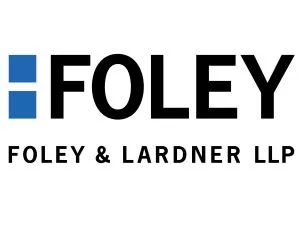- within Criminal Law, Government, Public Sector and Insurance topic(s)
As frigid temperatures descend upon much of our country, heat standards may be the last thing on employers' minds. Perhaps it was for this reason that the Department of Labor (DOL) extended the comment period associated with the Occupational Safety and Health Administration's (OSHA) recent national heat standard proposed rule; comments were to be filed by December 30, 2024, and are now due prior to January 14, 2025. More likely, however, is the fact that this proposed workplace rule will be dead on arrival with the pending administration change. In fact, the proposed heat standard is likely just one of many labor and employment rules/regulations proposed or implemented under the Biden Administration that may see an about-face under a second Trump Administration.
As we previously reported, OSHA has proposed a new national standard intended to address the hazards associated with heat exposure in America's workplaces. The proposed standard is not terribly dissimilar from those that have been adopted by various occupational safety and health agencies in some states: California (as of June 20, 2024, California's workplace heat standard applies to both indoor and outdoor worksites), Colorado (applicable to agriculture worksites only), Minnesota (applicable to indoor and outdoor worksites), Oregon (applicable to indoor and outdoor worksites), and Washington (applicable to outdoor worksites and certain professions). The proposed federal OSHA standard addresses indoor and outdoor worksites and would require more exacting obligations from employers than those under the state agency heat standards that currently exist.
With the upcoming administration change, it is very likely that many of the OSHA enforcement directives and regulations will receive review, with the likely outcome being significant rollback. For example, in addition to the heat standard, there is litigation pending with respect to OSHA's Walkaround Rule, which (as we also previously reported) allows an OSHA compliance officer to bring a third-party to a workplace inspection when OSHA believes that third-party can provide valuable assistance on the issues raised by the inspection. Many believe (and this has been borne out through some of the early activities under this new regulation) that the rule was implemented to allow unions to gain a foothold in workplaces where the employees are not then-represented by a union.
The country's temperatures are definitely increasing. For example, new record highs were reached this year in Arizona, California, Florida, Maine, and New Hampshire, and according to the National Oceanographic and Atmospheric Administration, this past summer was the warmest in recorded history. So, while the federal OSHA heat standard may not ultimately survive the new administration, employers in those states that have state OSHA programs (there are presently 27 such states and two territories) should anticipate efforts to adopt standards to address heat concerns in the near future.
The content of this article is intended to provide a general guide to the subject matter. Specialist advice should be sought about your specific circumstances.


